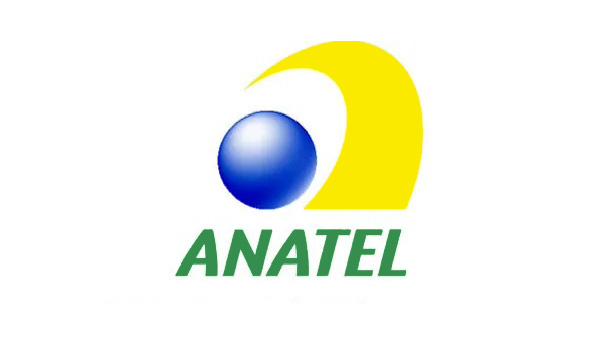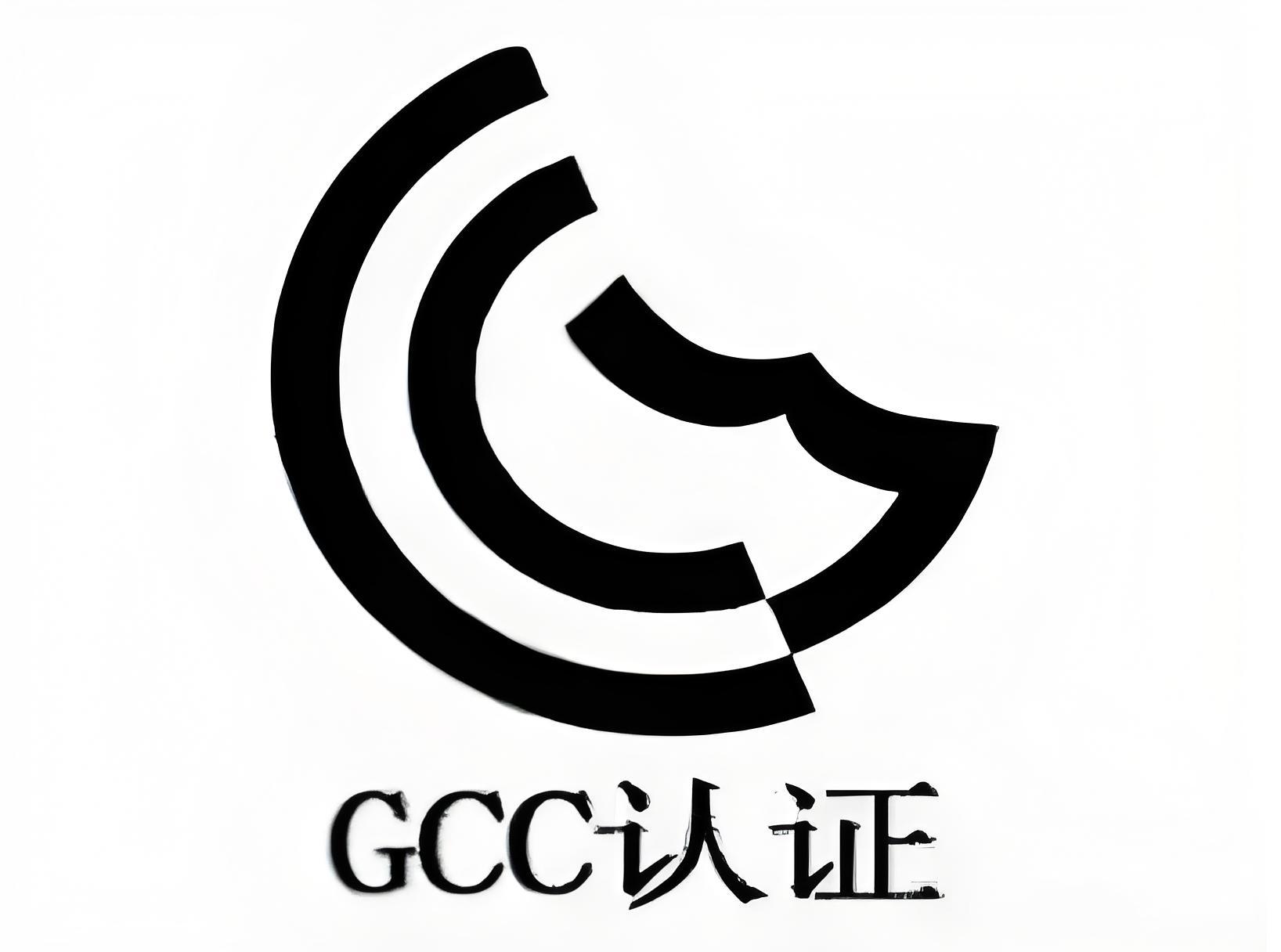
Certification introduction
Energy Star (Energy Star) is an energy conservation plan led by the US government, mainly for consumer electronics products. The Energy Star program was launched by the US Environmental Protection Agency (EPA) and the US Department of Energy (DOE) in 1992, with the goal of reducing energy consumption and reducing greenhouse gas emissions. The plan was later adopted by Australia, Canada, Japan, Taiwan, New Zealand and the European Union. The plan is voluntary, and the Energy Star standard typically saves 20-30% of energy compared to the US federal standard. The earliest products that cooperated with this plan were mainly information appliances such as computers, and then gradually extended to motors, office equipment, lighting, home appliances and so on. Later, it was extended to buildings. The EPA actively promoted the Energy Star Building Program in 1996. The EPA assisted voluntary participants in evaluating the energy use of their buildings (including lighting, air conditioning, office equipment, etc.) and planning the building. The energy efficiency improvement action plan and follow-up tracking operation of the material, so some homes or industrial and commercial buildings that introduce new environmental protection concepts can also find the ENERGY STAR logo.

Development status
Seven countries and regions around the world participate in the Energy Star program promoted by the US Environmental Protection Agency, namely the United States, Canada, Japan, Taiwan, Australia, New Zealand, and the European Union. Since 2001, the International Energy Star Program meeting has been held annually. There are now more than 30 types of products included in this certification, such as household appliances, heating / cooling equipment, electronic products, lighting products, etc. Currently, the most done in the Chinese market are lighting products, including energy-saving lamps (CFL) , Lamps (RLF), traffic lights and exit lights.
Applicable product range
Computers and office equipment: such as monitors, printers, fax machines, copiers, integrated machines, etc .;
Household appliances and household-like products: such as refrigerators, air conditioners, washing machines, televisions, video recorders, etc .;
Heating and refrigeration equipment: heat pumps, boilers, central air conditioners, etc .;
Large commercial buildings and newly built houses, doors and windows, etc .;
Industrial and commercial products, such as transformers, power supplies, etc .;
Lighting: such as household lamps, etc .;
Commercial food equipment: such as commercial ice cream machines, commercial dishwashers, etc .;
Other commercial products: vending machines, channel signs, etc.
Currently targeted products are: fluorescent lamps, decorative string lights, LED lamps, power adapters, switching power supplies, ceiling fan lights, consumer audiovisual products, battery charging equipment, printers, household appliances and other various products.
Test content
The test content included by ENERGY STAR:
Safety, EMI, surge, noise (non-energy star energy efficiency test items) Optical performance and energy efficiency test items:
1. Luminous effect, luminous flux
2. Color temperature, color deviation, color rendering index
3. Light intensity distribution, regional light distribution
4. Non-uniformity of chromaticity space
5. Switching cycle
6. Lumen maintenance rate
7. Chroma maintenance rate
8. Size
9. Electrical parameters
Energy Star Residential Plan
The US Environmental Protection Agency's Energy Star Residential Program is a nationwide voluntary program that aims to build a new type of housing with 30% energy efficiency. Qualified Energy Star residences must undergo third-party verification to confirm that the builder has properly adopted energy efficiency measures. As long as you can see the ENERGY STAR logo, home buyers are not experts and can make purchase decisions with confidence. Generally speaking, ENERGY STAR residences are 30% more energy-efficient than residences built according to common energy codes, while protecting the environment and saving energy expenses for residents. The construction of Energy Star homes is not only beneficial to buyers, but also to builders, mortgage companies and other organizations in the housing industry. Therefore, home builders across the United States support the Energy Star housing program.
Houses are usually newly built, because it is much simpler to build a house that meets energy-saving rules than to renovate an existing house. Although it is very expensive to upgrade the house to obtain the Energy Star logo, it can greatly reduce the energy use expenditure, so it is still a good suggestion to carry out energy-saving renovation of the existing house. When replacing air-conditioning equipment, electrical equipment or lighting equipment, you should also consider purchasing products with the Energy Star logo, which can further improve the energy-saving effect of the house Energy Star.
The Energy Star Residential Program uses the Residential Energy Evaluation System (HERS) to determine residential energy efficiency scores. Newly built and built homes must meet the same energy saving standards to obtain the Energy Star logo. In order to obtain the HERS assessment, or seek a way to obtain the Energy Star logo, you also need to consult a local residential energy assessment agency to compare the model house (it has the same size and shape as the assessed house, and reaches the minimum energy specification Requirement), the HERS evaluation system provides an objective and standard evaluation of the energy efficiency of the residence. The HERS assessment score is between 0 and 100. The score of the model house is 80 points. Compared with the model house, every 5% reduction in energy consumption is equivalent to an increase of HERS. The lowest HERS assessment value for Energy Star homes is 86. HERS assessment includes on-site inspection of the residence. This test includes blower door test and pipeline leak test. The results of these tests, along with other information about the residence, are entered into a simulated computer program to calculate the HERS score and estimate the annual energy cost.
Use of energy-saving windows
Energy Star residences are equipped with high-performance energy-saving windows to improve the energy efficiency of the residence. A quieter indoor environment—multi-layer glass and sealed window frames block external noise; prevent curtains, furniture, and floors from fading—the surface of energy-efficient windows is covered with a low-reflectivity coating, which can block 98% of ultraviolet rays; reduce the cost of use- -Energy-saving windows can reduce heat loss in the house in winter and prevent heat absorption in summer; quality improvement—energy-saving windows are made of high-quality materials, easy to use, and provide users with additional protection. Windows occupy about 10-25% of the outer wall area of the house. According to the different climate conditions in different places, when the room is heated and cooled, it needs to consume 25-50% of the energy. Therefore, when building a new house, it is important to consider the use of energy-saving windows.
Heating and cooling equipment
Energy Star residences are equipped with appropriate power and efficient heating and cooling equipment. During residential construction, with due attention to the sealing of air ducts, residential thermal insulation, and the installation of energy-efficient windows, the power of heating and cooling equipment in Energy Star residences is generally less than that of residences built in accordance with general energy codes.
Reduce the cost of use-heating and cooling equipment does not require overwork;
Reduce maintenance issues-heating and cooling equipment always operate in an optimal state;
A quieter home environment-there is no need to continuously and frequently switch on and off high-power devices.
Inadequate air and ventilation ducts mean that heating and cooling equipment in ordinary houses needs to increase power to quickly meet its requirements for heating and cooling. However, this kind of high-power equipment has great disadvantages. ① It cannot be operated for a long time to achieve its most efficient operation level; ② When the system cannot be operated for a long time to eliminate moisture in the air, it causes the problem of house humidity; ③High-power devices often cause the devices to be quickly paralyzed due to frequent startup. Tight air and ventilation ducts reduce the residential's need for air-conditioning gas heating and cooling, thus avoiding the use of high-power equipment.
Increase in thermal insulation
Compared with those built according to general energy codes, the insulation performance of Energy Star residences has been greatly improved. The improvement of thermal insulation performance not only prevents excessive cold and hot overflow, but also maintains a constant temperature between rooms.
Increased comfort-maintain a constant temperature throughout the house and between rooms.
Reduce the cost of use-HAVC equipment compensates for a small amount of cold and heat exchange in the winter and summer.
In order to effectively maintain the temperature of the house, a continuous insulation layer indoors and outdoors is necessary. The insulation must be laid without cracks, curls or compression. Energy Star homes must also pay attention to heat insulation measures around obstacles such as pipes, wires, and exits.
Well sealed
Sealed Ducts Compared to dwellings built according to general energy codes, Energy Star dwellings require much higher duct tightness. Sealed ducts are essential for saving energy and maintaining the comfort of the house.
More sustained comfort-allocated to each room
Significantly improve indoor air quality-reduce the inhalation of dust and other pollutants from the outside of the room.
Reduce the cost of use-reduce the need for air-conditioning gas in the room. In a typical American house, the air leaked from the duct reaches 20-30%, which means that a lot of unnecessary money is spent to make the room warm or cool. The duct system should be kept sealed and tested locally to reduce the leakage of air-conditioning gas.
Energy Saving
Owners of built homes can use the evaluation tool based on the Internet, the Energy Star Home Benchmark, to compare the annual energy consumption of similar homes in the country. This tool helps owners of completed homes understand whether their homes meet energy-saving requirements, and whether residential energy-saving measures should be upgraded to improve energy efficiency. On the ENERGY STAR website, this tool can also help owners of completed homes quickly decide which home improvement method to choose to improve energy efficiency.
The Energy Star Housing Program also provides a "Residential Toolkit for Residential Renovation" to help energy-efficient renovations of completed residences. The average family ’s annual energy use expenditure is 1400. With the help of the “Restoration Toolbox”, these expenditures can be reduced by 30%, almost 400. When repairing, rebuilding, or improving an existing house, the energy saving measures in the “Residential Toolbox” It can help homeowners improve the energy efficiency, use value and comfort of their homes, and protect the ecological environment by reducing energy consumption. For residential owners, the "Residential Toolkit for Residential Renovation" makes it easier to renovate and repair residential properties.


ANATEL certification is a mandatory certification for telecommunications equipment or related equipment by the Brazilian National Telecommunications Administration (Agência Nacional de Telecomunicações), including wireless communication equipment, wired communication equipment and related auxiliary equipment; this certification ensures that telecommunications equipment sold in the Brazilian market meets Brazil\'s technical standards and regulatory requirements, and guarantees the product\'s quality requirements such as radio frequency, electrical safety, electromagnetic compatibility, and electromagnetic exposure. If the product entering Brazil does not complete ANATEL certification, it may face fines, seizures, and other penalties.

COC certification in Algeria is a mandatory certification for products exported to Algeria, ensuring that the products comply with the country\'s safety, quality, and technical standards. The certification process includes document review, product testing, and factory inspection. Products that pass certification can be legally sold in the local market, protecting consumer interests and promoting fair trade.

GCC certification is the abbreviation for Gulf Cooperation Council certification, which is a mandatory certification requirement for products entering the market in Saudi Arabia and other countries in the Gulf region.
Energy Star (Energy Star) is an energy conservation plan led by the US government, mainly for consumer electronics products. The Energy Star program was launched by the US Environmental Protection Agency (EPA) and the US Department of Energy (DOE) in 1992, with the goal of reducing energy consumption and reducing greenhouse gas emissions.
Get a quote